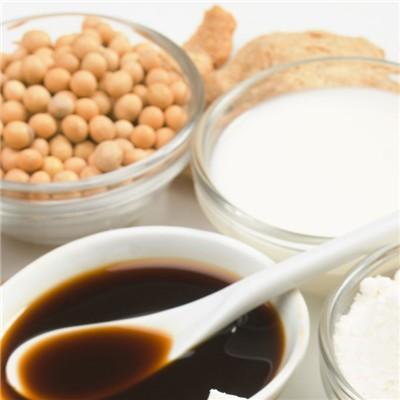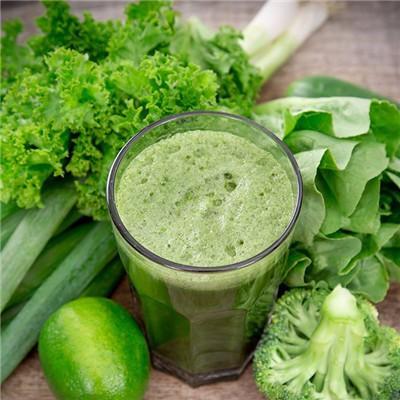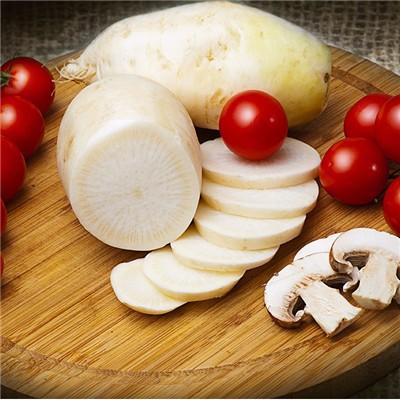What nutrition does pork have?
summary
When it comes to pork, a frequent guest on the common people's table, whether it's a housewife or a professional chef, they will talk about its cooking methods and classic dishes for a long time. Today, we take this opportunity to talk about the nutritional value of pork, hoping to bring you some help in life or work. Now I'd like to share with you some experience about the nutrition of pork.
What nutrition does pork have?
First: protein pork protein is a complete protein, containing all kinds of essential amino acids, and the composition of essential amino acids is close to the human body needs, so it is easy to be fully utilized by the human body, with high nutritional value, and belongs to high-quality protein. The average protein content of pork is about 13.2%, which varies with the breed, age, degree of fatness and position of pigs. For example, different parts of pig meat, due to different degrees of fat and lean, the difference in protein content will be relatively large. For example, the protein content of pork loin meat is about 21%, rear hip tip is about 15%, rib meat is about 10%, and breast milk is only 8%. The skin and tendons of pigs are mainly composed of connective tissue. The protein content of connective tissue is 35% - 40%, and most of them are collagen and elastin. Due to the lack of tryptophan, methionine and other essential amino acids in collagen and elastin, the nutritional value of the food with pigskin and tendon as the main raw materials is low. However, it is also because it is rich in collagen and elastin, which makes this kind of raw materials become the best beauty products for women.

Second: lipids in pork are mainly neutral fat and cholesterol. In livestock meat, pork has the highest fat content, the composition of fat is mainly saturated fatty acids, and the melting point is higher. This is also the reason why lard is solid at lower temperature. The content of cholesterol in pork is lower than that in lean meat. Fat meat is higher than lean meat, and viscera is higher, which is about 3-5 times of lean meat. The content of cholesterol in brain is the highest, which can reach 2000 mg per 100 g. Although cholesterol has a wide range of physiological functions in the human body, it is also the main component of thrombosis and stones. Therefore, excessive intake of high cholesterol food will lead to arteriosclerosis and increase the incidence of hypertension.

Third: carbohydrates: carbohydrates in pork mainly exist in muscle and liver in the form of glycogen. Besides protein and fat, pork also contains calcium, phosphorus, iron, thiamine, riboflavin and nicotinic acid. Pig lean meat also contains hemoglobin, can play the role of iron, can prevent anemia. The hemoglobin in meat is better absorbed than that in plants. Therefore, the effect of iron supplementation in lean meat is better than that in vegetables.

matters needing attention
When pork is cooked, some flavoring substances can be dissolved. These flavoring substances are extractives, including nitrogen-containing extractives and non nitrogen-containing extractives. The nitrogen-containing extracts include nucleotides, inosine, free amino acids and purine bases. The composition of the extract is closely related to the flavor and taste of meat, especially the content of nitrogen-containing extract has an important effect on the thick and fresh taste of broth. Generally, the extract can promote appetite and increase the secretion of digestive juice, which is conducive to digestion and absorption.













